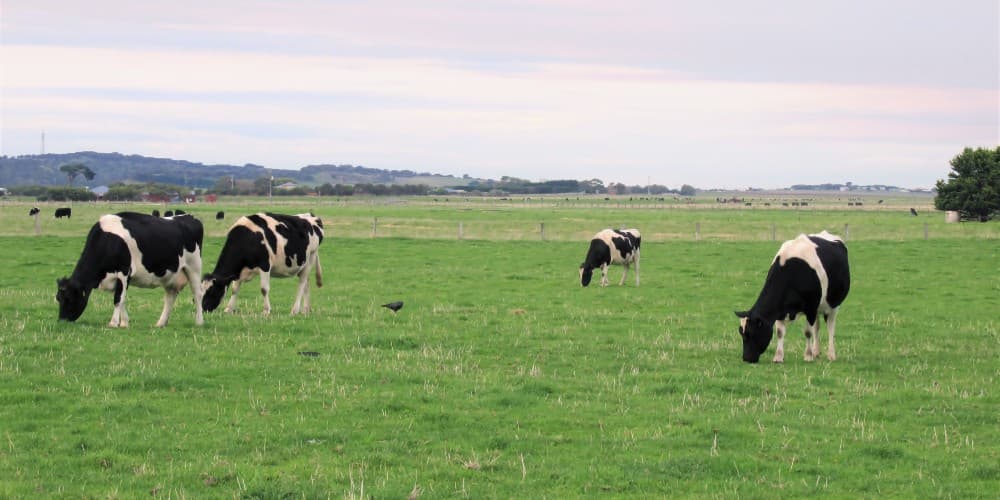Are all steaks created equal?
Steak is steak, right? Wrong. There are a number of factors that determine whether or not the steak cuts you’re producing for your butchers shop are of a high quality or not. For example, what has the cow been fed before it was slaughtered? How has the meat been aged? And of course, what sort of equipment is being used in the butchering process? We can help with that last question.
At Butchers Equipment Warehouse, we supply high quality butchers knives, butchers machinery, and butchers accessories from trusted brands at unbeatable prices. Essentially, everything you need to produce the perfect steak cut! We know what it takes to produce the perfect steak, so here are a few of the ways that you can tell the difference between a high and low quality steak.
The free-range factor
Generally speaking, grass-fed animals tend to spend much more time roaming fields and pastures as opposed to in a feedlot getting fattened up ready for slaughter. Free range cows get the added benefit of regular exercise, which is what makes their meat so lean, juicy and tender. It’s also said that grass is far more nutritious for cows than the standard corn-based slop that feedlot cows are subject to. When all these points are taken into account, it’s easy to see why free range, grass-fed cows fetch a much higher price at market than their mass-produced counterparts.
Aged to perfection
The way you age your meat also plays a key part in determining the quality of the steak you get from it. The question is, is it better to dry-age beef, or wet-age it?
Dry-aged beef is essentially beef that has been hung to dry for several weeks. Wet-ageing is more or less the opposite, where you store the beef in a cryovac bag. In both instances, the meat is stored in a refrigerator for 14 days or longer, as the meat needs to be stored in near freezing temperatures. But one has the edge when it comes to the quality of your final product.
In dry-ageing, the moisture is evaporated from the muscle of the meat, which creates a greater concentration of beef flavour and taste, as opposed to wet-aged steak, where the enzymes in the beef aren’t given enough time to change as substantially as you would find in a dry-aged product. The result is that wet-aged meat is tender but not as tender as dry-aged steak.

Tenderness = quality
Unfortunately, the most tender cuts only make up about 8% of the cow, which means there’s a very high demand for a very small percentage of the cow. Cheaper cuts of meat that make up the other 92% of the cow tend to contain a lot of connective tissue and gristle, making them less desirable.
Now, there are obviously more than a few disparities between how high quality steaks are raised and how low quality steaks come to market. So, if you want to make sure you’re only producing the very best quality steak cuts to display in your butchers shop, we can help. For over 30 years, we’ve supplied tried and tested, five star rated brands to our clients. With our extensive range of butchers machinery, accessories, and knives, we know our butchers equipment inside out. Give us a call on 01254 427721 and we’ll be happy to answer any questions you may have!





